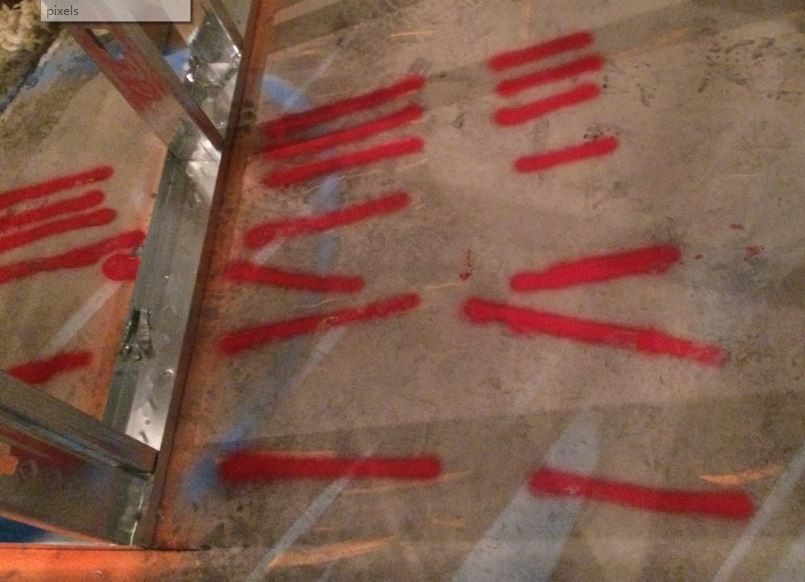The answer to the question seems to be obvious. Since the electrical conduits have been marked through scanning, why can't we drill/core in those cleared areas? We will keep a few inches away from those marked conduits, isn't it good enough? Unfortunately, it might not be.
Are you telling us that the conduits are not marked accurately? Well, ground penetrating radar (GPR) can be as accurate as within an inch in finding conduits and other objects embedded in concrete. However, GPR accuracy is not the main issue here. The main issue lies in the limitations of scanning technologies.
Due to the nature of scanning methods including GPR and cable/pipe locators, generally there are no guarantees that all conduits can be found. This is especially true when the concrete is reinforced with rebar or wire mesh. Reinforcement can cause "interferences" and make conduits locating difficult. This issue is well known, but there is another issue which is much less known or mentioned: conduits themselves can cause interferences, and the existence of some conduits can make locating other conduits difficult. For example, deeper conduits might be missed due to interferences from shallower conduits nearby. For another example, a single conduit might be missed if it's close to a group of parallel conduits. So if there are already multiple conduits found in an area, the chance of missing potentially additional conduits are higher than usual. There are still risks in areas without any conduits found, but the risks are lower in general.
In terms of risk management, drilling/core in areas close to marked conduits have high risks, not only because the marks might not be accurate, but more importantly also because the chance of missing potentially additional conduits/utilities is high during the scanning process. Choose your locations and methods of breaking concrete accordingly with the risks in mind.




